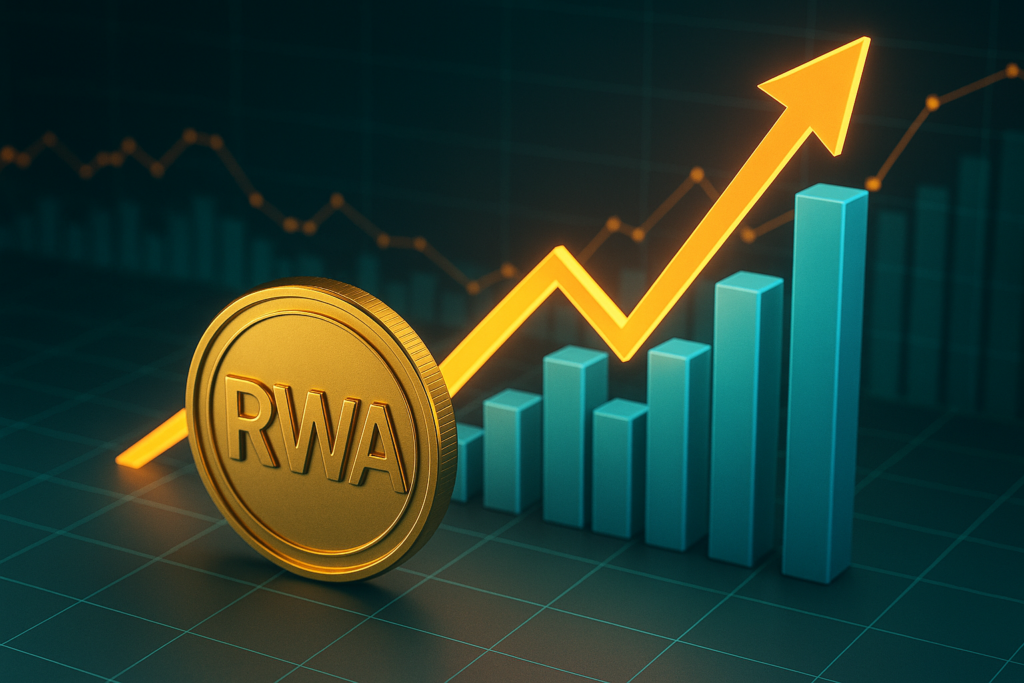The real-world asset (RWA) token market has experienced explosive growth in the first half of 2025, driven by increasing regulatory clarity and rising institutional interest. According to recent data, the sector’s valuation surged from $8.6 billion to over $23 billion, marking a 260% growth year-to-date.
What Are RWAs and Why They’re Growing
Real-world asset tokenization involves converting tangible assets—like credit, real estate, and government bonds—into digital tokens on a blockchain. This process enhances accessibility, liquidity, and efficiency in financial markets.
Tokenized private credit has emerged as the leading segment, capturing 58% of market share, while tokenized U.S. Treasury securities account for 34%, reflecting growing investor appetite for regulated, yield-bearing assets.
Regulatory Progress Sparks Institutional Confidence
U.S. regulatory progress is a major catalyst behind the surge in tokenized assets. Although RWAs are still broadly classified as securities under SEC rules, clarity in the wider crypto sector has improved confidence among financial institutions.
On May 29, the SEC issued updated guidance on cryptocurrency staking, signaling a broader shift toward more structured and predictable regulation. Industry stakeholders view this move as a milestone that could accelerate the maturation of tokenized finance.
The pending GENIUS Act is expected to bring regulatory clarity to stablecoin collateralization, which could further stabilize and expand the RWA market.

Bitcoin Consolidation and Safe-Yield Investing Drive Interest
Analysts also highlight that Bitcoin’s recent price consolidation near $104,000 has steered capital into alternative blockchain-based investments offering more predictable returns.
RWAs are increasingly seen as lower-risk, yield-generating options during periods of high crypto volatility, enhancing their appeal among cautious investors and institutions.
Corporate FOMO and Bitcoin Treasuries on the Rise
At the same time, a wave of corporate adoption is unfolding. At least 124 public companies now hold Bitcoin in their corporate treasuries, reflecting a long-term strategy shift.
According to researchers, corporate interest is driven by balance sheet diversification, capital raising, and inflation hedging— rather than short-term speculation.
Conclusion
In summary, the combination of regulatory clarity, growing investor demand for tokenized yield-bearing assets, and corporate interest in blockchain finance is driving a strong upward trend in the RWA sector—positioning it as one of the most dynamic areas of crypto adoption in 2025.
